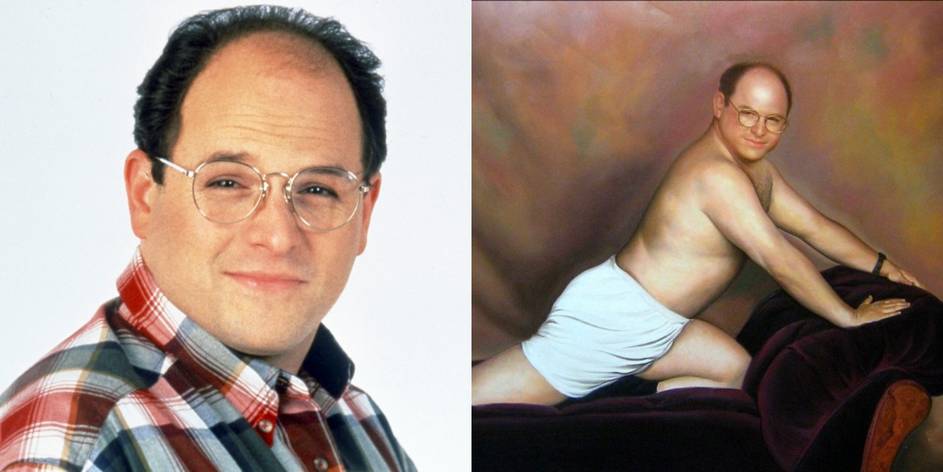What Is Alopecia?
What are the types of alopecia?
Alopecia is a general term used to describe hair loss. There are several types of alopecia, each with different causes and characteristics. Here are the main types:
- Androgenetic alopecia (male or female pattern baldness):
This is the most common type of hair loss, affecting both men and women. It is caused by a genetic sensitivity to the hormone dihydrotestosterone (DHT), which leads to gradual thinning of hair, typically following a characteristic pattern. - Alopecia areata:
This is an autoimmune condition where the body’s immune system attacks hair follicles, causing patchy hair loss on the scalp, beard, or other areas of the body. It can lead to partial or complete hair loss (alopecia totalis or alopecia universalis). - Telogen effluvium:
This is a form of temporary hair shedding caused by a disruption in the hair growth cycle, often triggered by factors such as stress, illness, medications, or hormonal changes. It typically results in diffuse thinning of hair. - Anagen effluvium:
This type of hair loss occurs when the hair growth cycle is disrupted during the anagen (growth) phase, often caused by chemotherapy or radiation therapy for cancer treatment. - Traction alopecia:
This is hair loss caused by excessive pulling or tension on the hair, commonly seen in hairstyles that involve tight braiding, ponytails, or hair extensions. - Cicatricial (scarring) alopecia:
In this type, the hair follicles are permanently destroyed and replaced by scar tissue, leading to permanent hair loss. It can result from various inflammatory skin conditions, such as lichen planus, discoid lupus erythematosus, or folliculitis decalvans. - Tinea capitis (scalp ringworm):
This is a fungal infection of the scalp that can cause patchy hair loss, especially in children.
The treatment for alopecia depends on the underlying cause and the type of hair loss. It may involve medications, topical treatments, lifestyle changes, or hair transplantation in some cases. Early diagnosis and appropriate treatment by a healthcare provider are essential to prevent further hair loss and potentially promote hair regrowth.
What is the treatment for alopecia?
The treatment for alopecia depends on the type and underlying cause of the hair loss. Here are some common treatment approaches for different types of alopecia:
- Androgenetic alopecia (male or female pattern baldness):
- Minoxidil (Rogaine): This topical medication is available over-the-counter and can help slow down hair loss and promote hair regrowth.
- Finasteride (Propecia): This oral medication is approved for men and works by inhibiting the conversion of testosterone to dihydrotestosterone (DHT), which contributes to hair loss.
- Hair transplantation: This surgical procedure involves moving hair follicles from the back and sides of the scalp to the balding areas.
- Alopecia areata:
- Corticosteroid injections: Injecting steroids into the areas of hair loss can help stimulate hair regrowth.
- Topical immunotherapy: Applying chemicals like diphencyprone or squaric acid dibutylester to the scalp can induce an allergic reaction and prompt hair regrowth.
- Oral immunosuppressants: Medications like methotrexate or cyclosporine can help suppress the autoimmune response in severe cases.
- Telogen effluvium:
- Identifying and addressing the underlying trigger (e.g., stress, medication, illness)
- Minoxidil may be recommended in some cases.
- Hair growth often resumes within 6-12 months without specific treatment.
- Anagen effluvium:
- Treating the underlying condition (e.g., chemotherapy, radiation therapy)
- Hair usually regrows once the treatment is completed.
- Traction alopecia:
- Avoiding hairstyles that cause excessive tension on the hair.
- Minoxidil may be recommended to promote hair regrowth.
- Cicatricial alopecia:
- Treating the underlying skin condition (e.g., lichen planus, discoid lupus)
- Antimicrobials for infectious causes.
- Hair transplantation may be an option in some cases.
- Tinea capitis:
- Oral antifungal medications like griseofulvin or terbinafine.
- Topical antifungal shampoos or creams.
In addition to these treatments, nutritional supplements (like biotin, iron, zinc, and proteins) may be recommended in some cases to support hair health. Early diagnosis and treatment are essential to prevent further hair loss and potentially promote hair regrowth.




